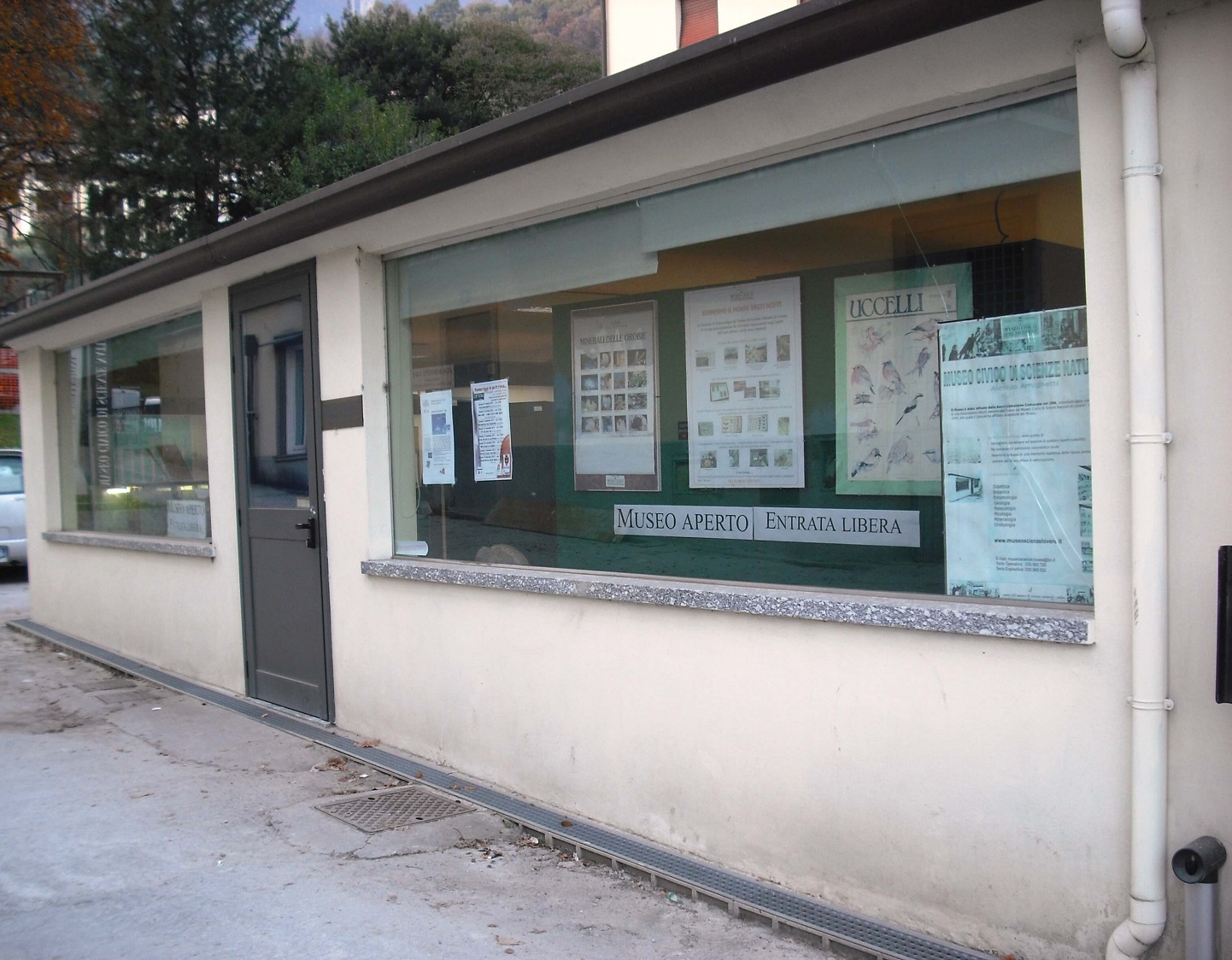
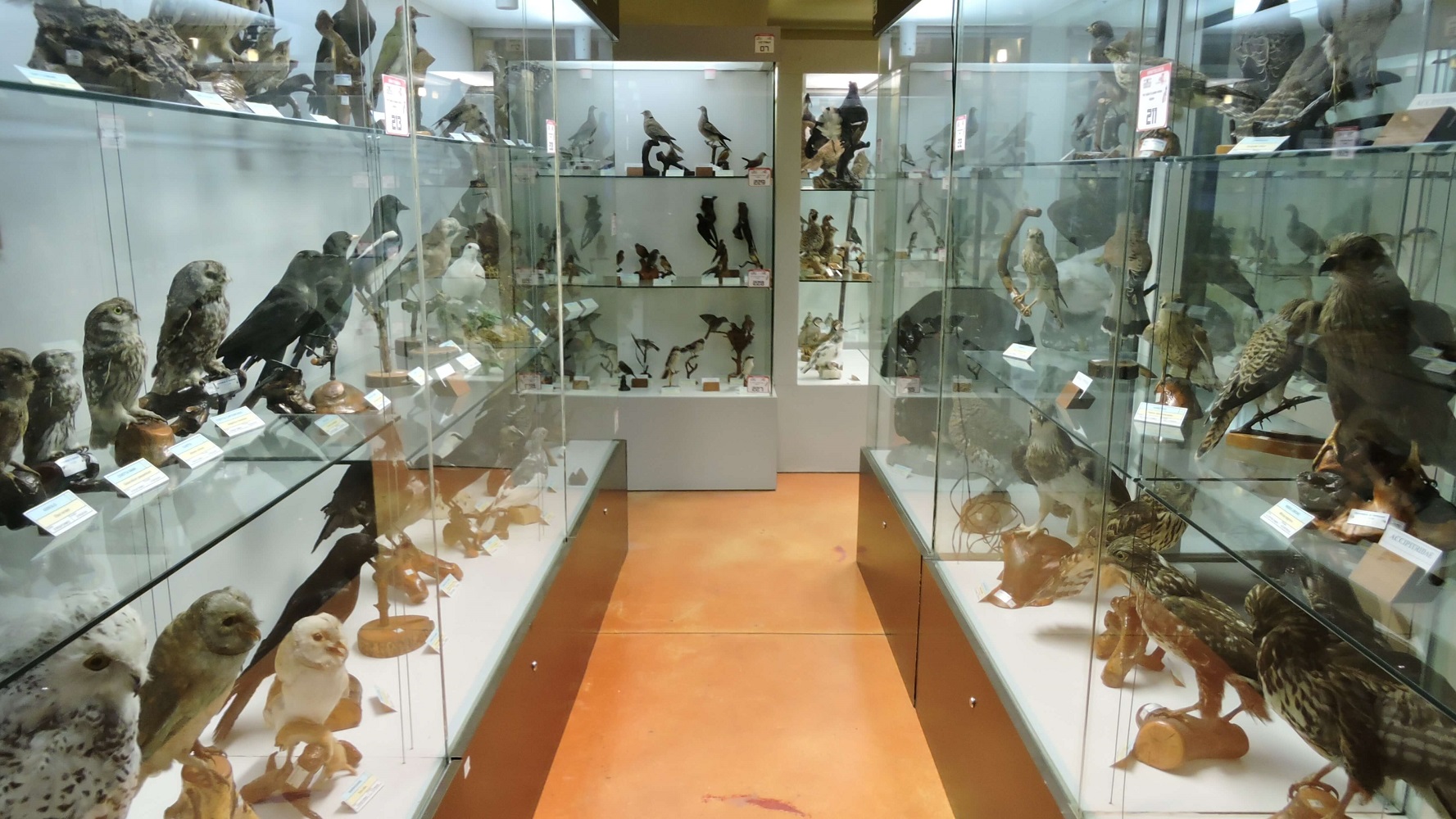
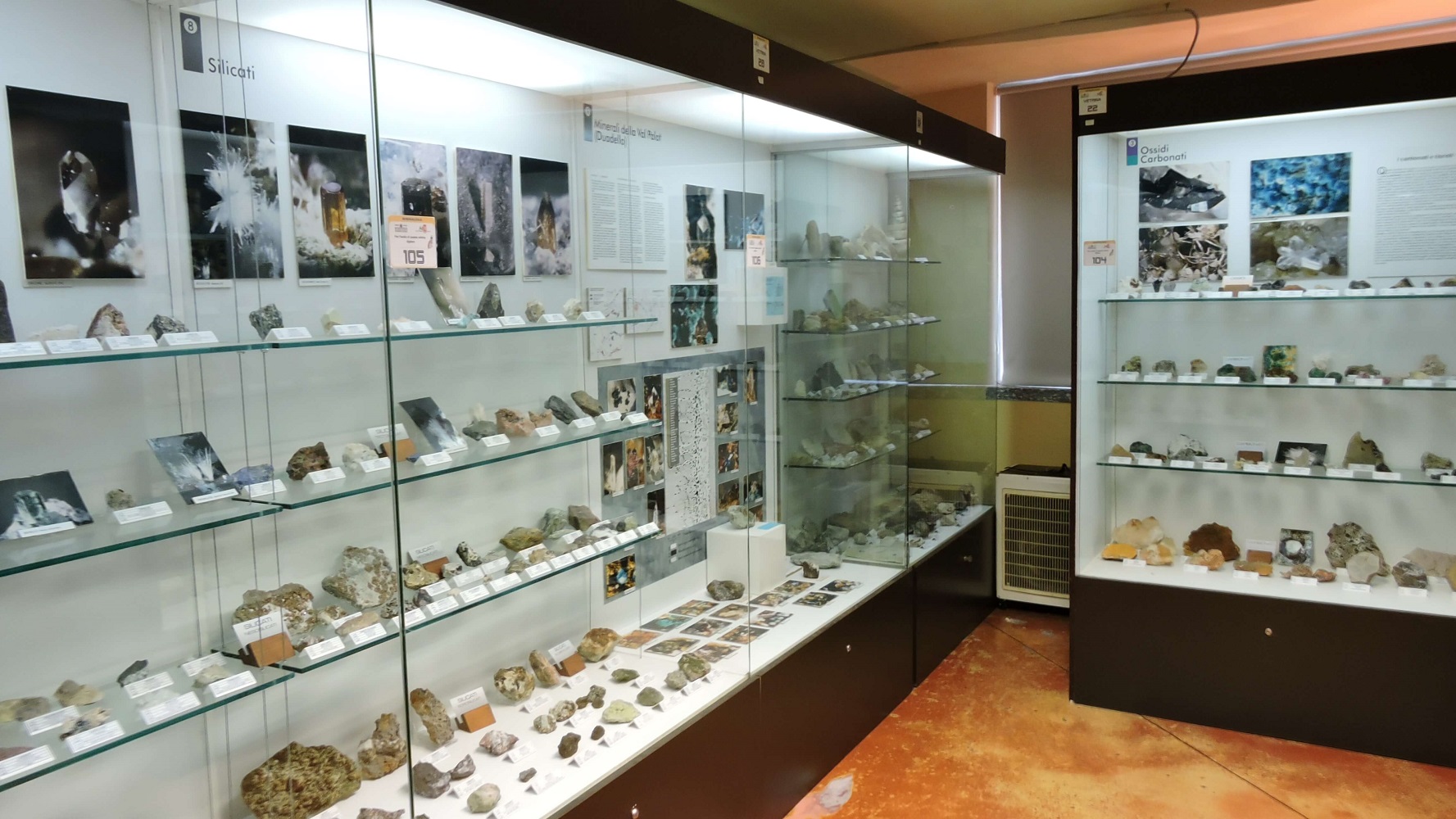
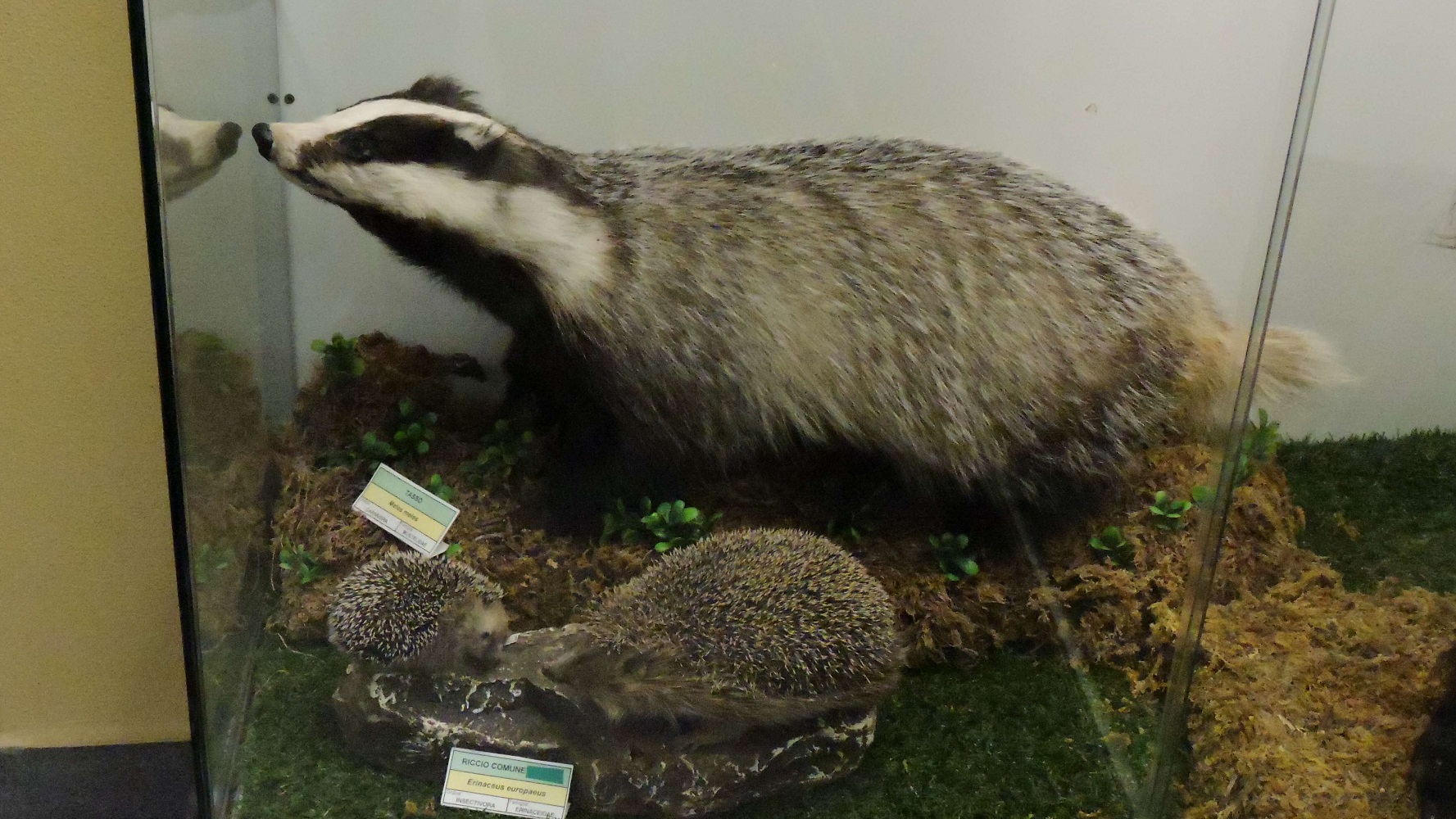
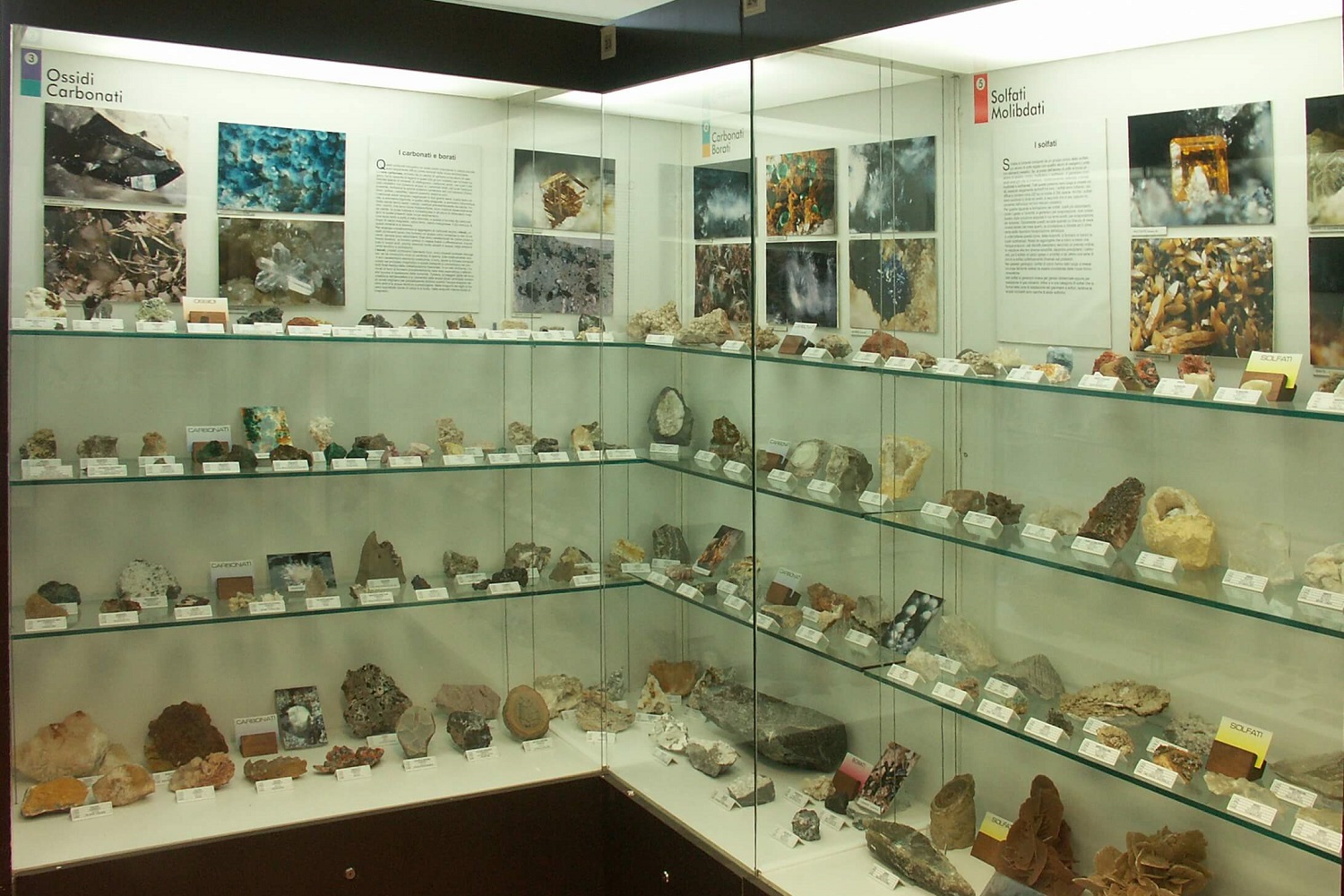
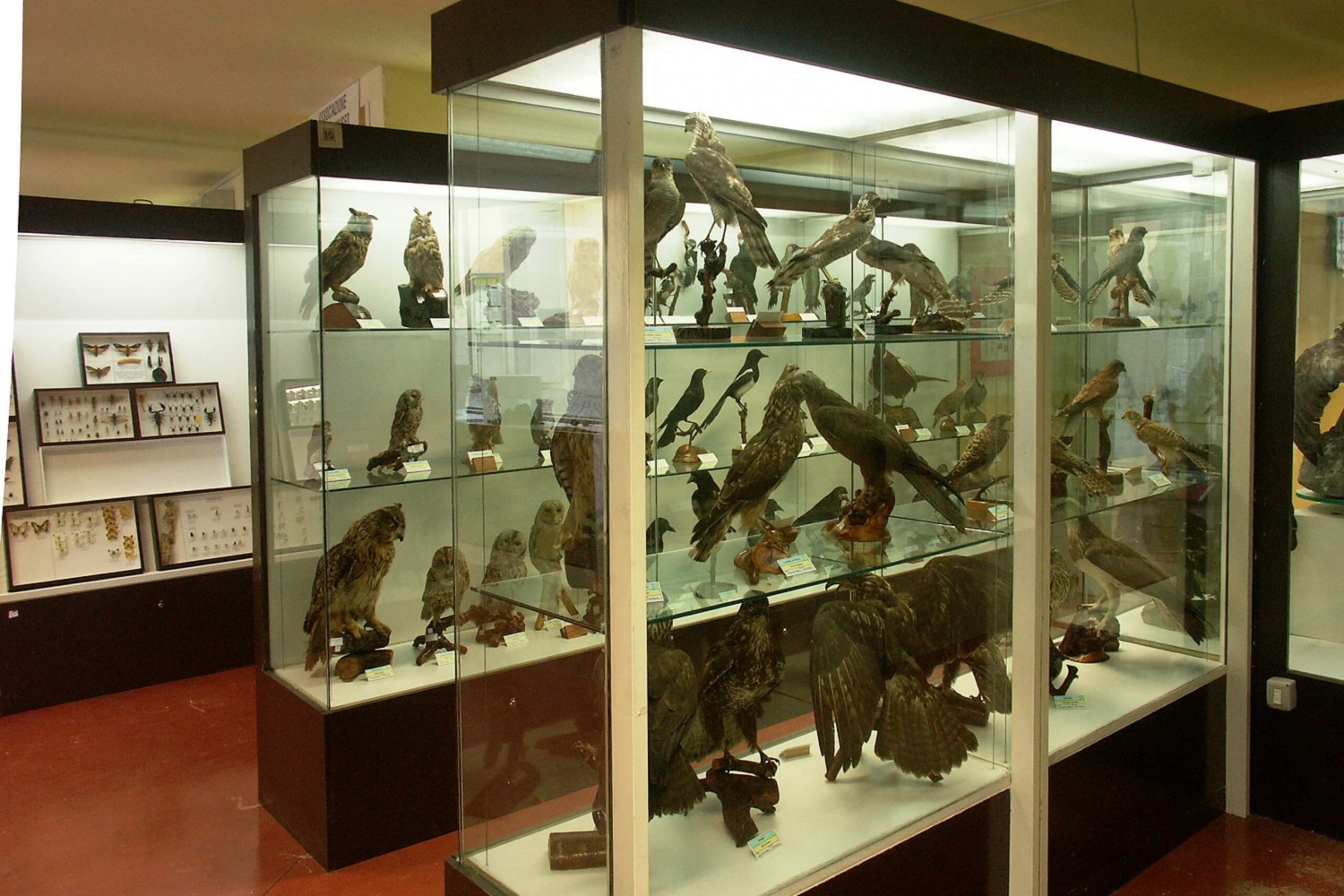
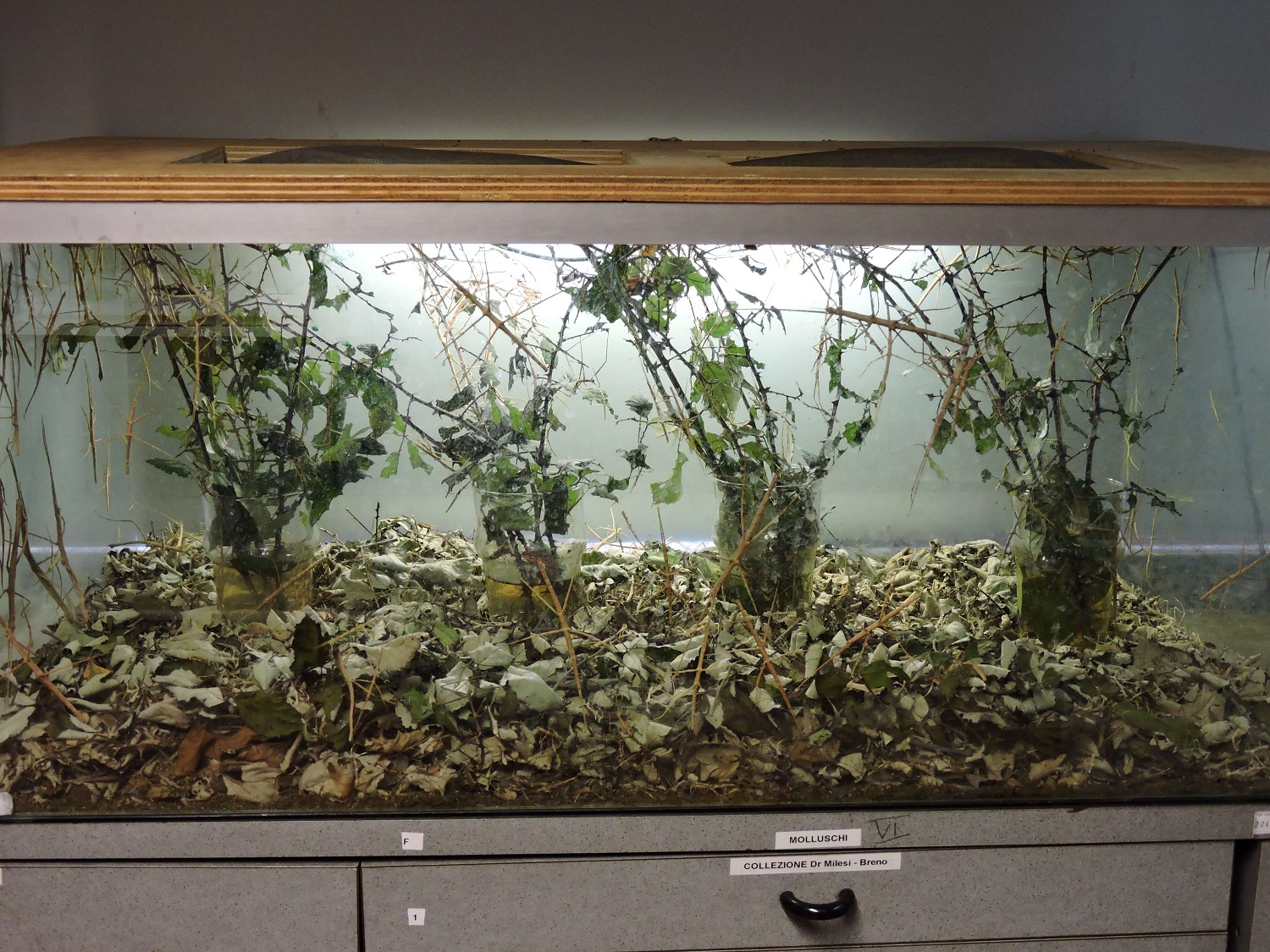
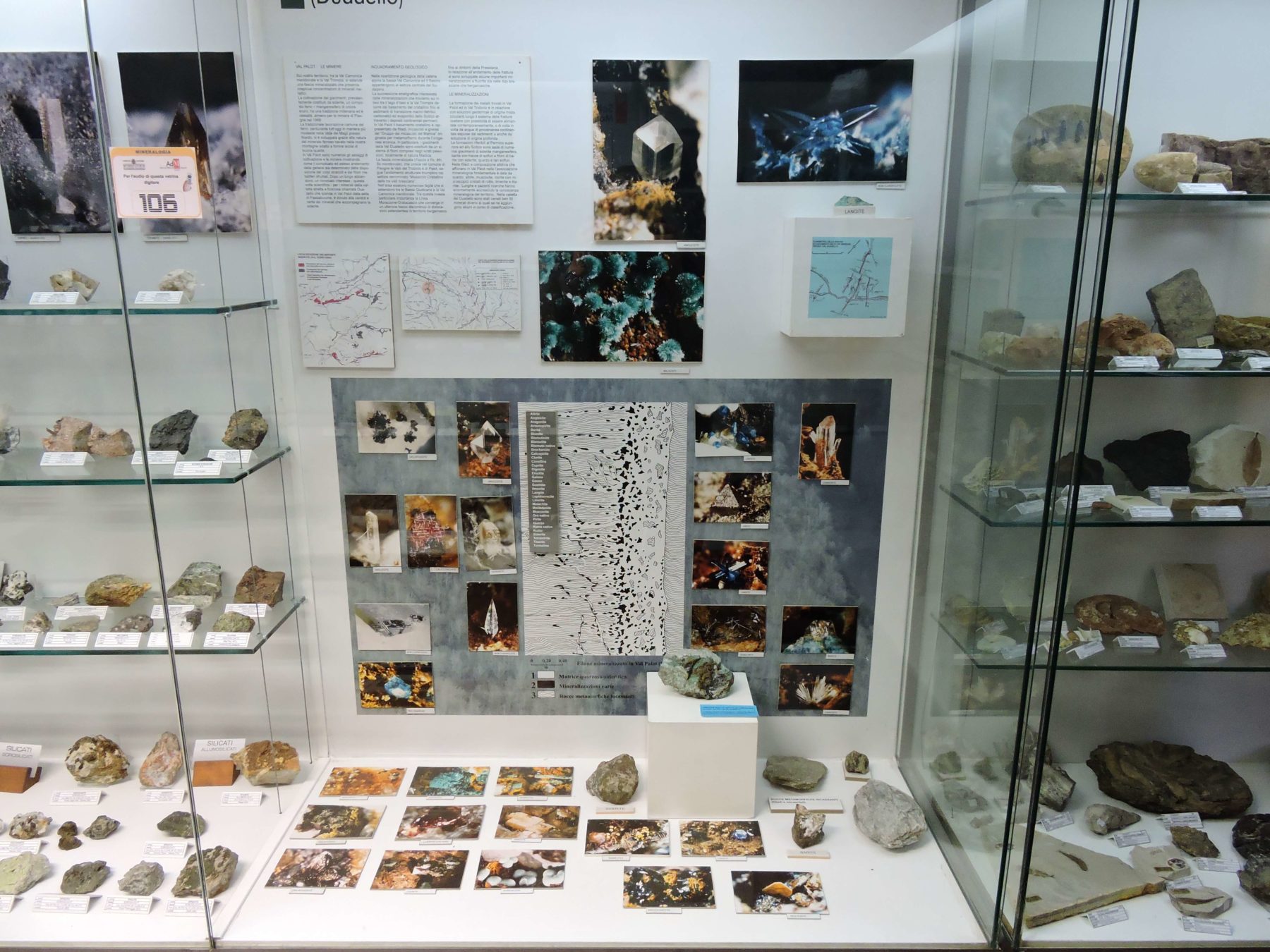
The “Alessio Amighetti” Municipal Museum of Natural Sciences
The Museum of Natural Sciences in Lovere offers an excellent opportunity to learn about the great naural wealth of the Val Camonica-Lake Iseo. Set up by the municipal administration of Lovere in 1996, it was recognised as a Museum Collection by the Lombardy Region in 2004. It is managed by the “Amici del Museo Civico di Scienze Naturali di Lovere” (Friends of the Municipal Museum of Natural Sciences in Lovere), a voluntary cultural association. It is named after Alessio Amighetti, the naturalist clergyman who promoted the natural beauties of Lake Iseo in the 19th Century with the Subalpine Gem.
It collects, preserves and displays natural specimens to the public with the aim of promoting the area’s historical and natural heritage and developing greater respect for environmental resources.
The exhibition is divided into several sections.
The bird collection now includes 221 specimens. The majority are birds from different habitats of Alto Sebino (Upper Sebino). Even the Golden Eagle has been added to these over time. Of particular interest are the waterfowl, present with the Anatidae and Ardeidae families, inhabitants of the wetlands to the north of the lake, birds of prey from the Accipitridae and Falcon families and night birds from the owl family. A pair of Grouse represents the Tetronidae family.
There are only a few mammals from very diverse locations such as, for example, wild boar and chamois with rodents and small carnivores.
The Entomology section has a few thematic dioramas, various collections of insects and two collections of Lepidoptera (mostly from the Val Camonica-Lake Iseo area such as the Parco della Foce dell’Oglio and Monte Cala. Most cases are viewable on request for conservation reasons.
The sizeable Malacology collection consists of Mediterranean shellfish classified and renamed following the latest terminology. It includes shells representing approximately 400 species of Gastropods, 83 Bivalves, 1 Scaphopoda and 1 Cephalopod. There are also some examples of oceanic shells.
The General Herbarium (available upon request) consists of 2345 dried samples. The oldest specimens (1979) are from the upper Val Salarno (Salarno Valley) on Val Camonica. Most of the others are from the Lake Iseo area. There are also several samples from the Val Camonica area (Pizzo Camino and Val Baione), Monte Tremalzo on Lake Garda and the Salmurano pass area, on the Orobie Alps.
The Mineralogy section houses a collection of approximately 400 minerals belonging to eight mineralogical families from the Lake Iseo area, Orobie Alps and various locations throughout the world. There is also an important and substantial collection of micro-crystals (about 5000 samples) that can be viewed in the Museum through a stereomicroscope and a collection of minerals recently received as a donation, still to be organised.
The Geology section cannot have its own room for reasons of space. However, it includes a large lithological collection and display containing some paleontological findings (Bivalves, ammonites and fossil fish). There is also some well organised material from the Curioni collection entrusted to the Municipal Museum that received it on loan from the Accademia Tadini.
The Museum comprises not only an exhibition site in Via Marconi, at the Town Hall, but also a library and computer services in Piazza Vittorio Emanuele, in the Centre of Lovere. Museum experts are involved in researching and classifying finds and scientific publications. They keep in contact with universities and research bodies, provide advice to local administrations but above all promote education within schools.
Aldo Avogadri











